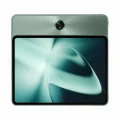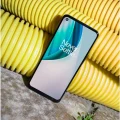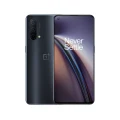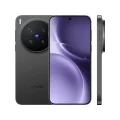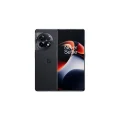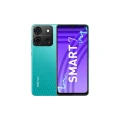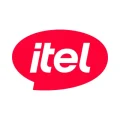- Home
- All Products
- OnePlus
- OnePlus V Fold
OnePlus V Fold
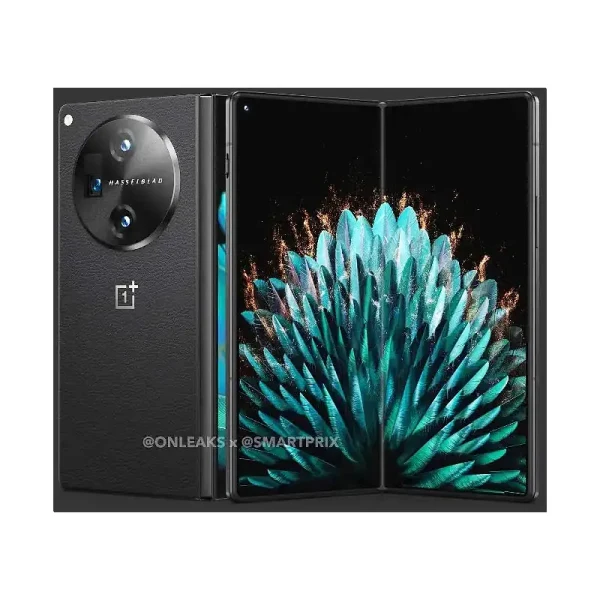

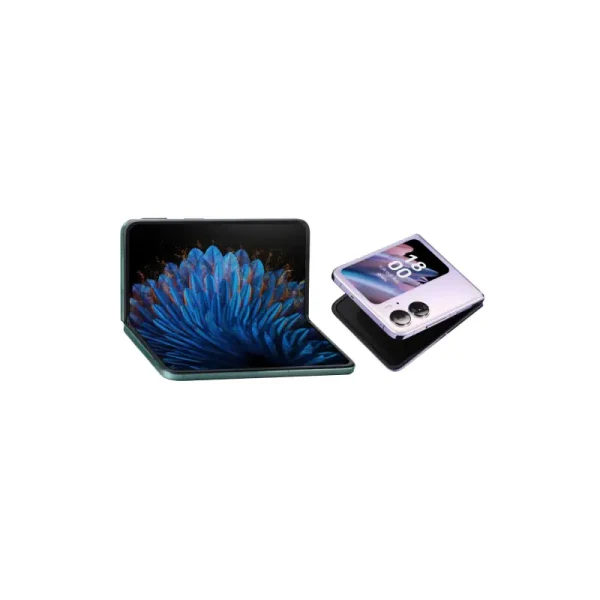
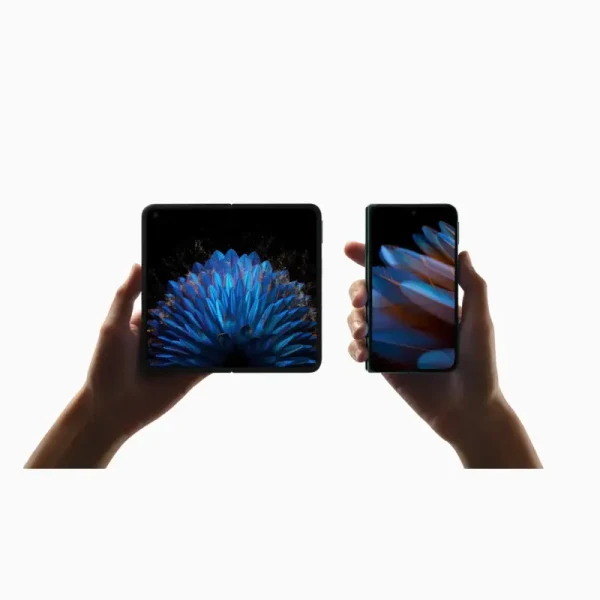
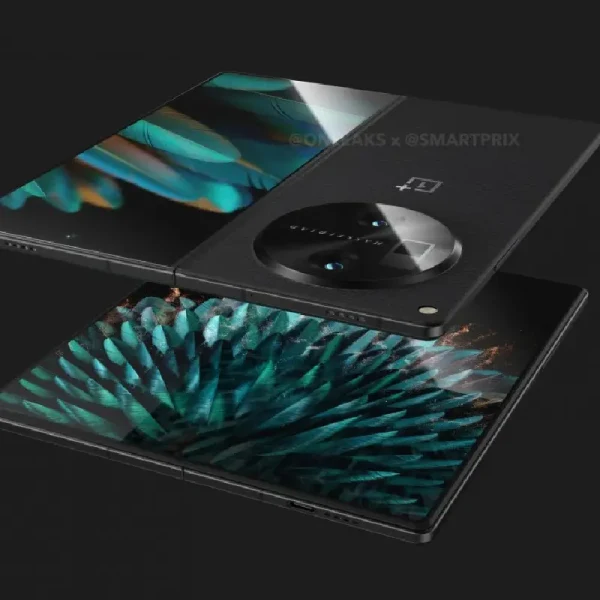
-
Battery: Li-Po 4800 mAh
-
RAM: 16GB RAM
-
Storage: 256GB
-
Display: Foldable LTPO AMOLED, 7.8 inches
-
Camera: Rear 48 MP+64 MP+48 MP, and Front 20 MP+32 MP
-
OS: Android 14
Full Specifications
Price
| Official | Not Available |
| Unofficial | About 188999 BDT 16GB/256GB Exp. |
General
| Model | OnePlus V Fold |
| Announced | Not announced yet |
| Status | Discontinued |
Design
| Dimensions | - |
| Weight | - |
| SIM SIM (Subscriber Identity Module) is a small card that contains mobile network subscriber's account information. This allows the phone using the card to attach to a mobile network. The SIM card is most commonly associated with GSM and UMTS mobile networks. Moving a SIM card from one phone to another allows a subscriber to switch mobile phones without having to contact their mobile network carrier. SIM cards can also be used by a phone to store limited amounts of data, such as phone numbers and text messages. |
Dual SIM (Nano-SIM, dual stand-by) |
| Colors |
Black; other colors |
Display Specification
| Display Type Display Technology => A number of display technologies and types used in mobile phones => TFT (Thin Film Transistor), IPS (In-Place Switching), OLED (Organic Light Emitting Diode), AMOLED (Active-Matrix Organic Light-Emitting Diode), Super AMOLED (an even advanced version of AMOLED), Resistive Touchscreen (Resistive touchscreens contain two layer of conductive material with a very small gap between them which acts as a resistance), Capacitive Touchsceen (Capacitive touchscreen technology consists of a layer of glass coated with a transparent conductor) | Foldable LTPO AMOLED |
| Size | 7.8 inches, 195.8 cm2 |
| Resolution | 1792 x 1920 pixels |
| Refresh Rate | 120Hz |
| Pixel Density Pixel Density (PPI) is refers to the concentration of pixels on a particular display, measured in pixels per inch (ppi). Pixel density is calculated by dividing the diagonal pixel resolution of a display by its diagonal size, higher pixel density better display quality. | 337 ppi density |
| Features |
HDR10+ Cover display: AMOLED, 120Hz, 6.3 inches |
Platform
| Operating System OS => Every computer system run on a base software called Operating System (OS). Operating System controls all basic operations of the computer (such as smartphone, PDAs, tablet computers and other handheld devices). The Operating System allows the user to install and run third party applications (apps), apps are used to add new functionality to the device. | Android 14 |
| Chipset Chipset is a group of integrated circuits designed to perform one or a more dedicated functions, often with real time computing constraints, Popular smartphones are equipped with more advanced embedded chipsets that can do many different tasks depending on their programming. | - |
| CPU CPU (Central Processing Unit) mostly known as processors, CPU processes instructions in order to carry out certain functions that make your device operate properly. Processors are often described as the brain of computers, smartphones and tablets, Smartphones and tablets rely on processors to carry out their every task, Processors are an incredibly important factor in selecting any type of computing device, including your smartphone. | - |
| GPU GPU (Graphics Processing Unit) is a single-chip processor designed to rapidly manipulate and alter memory to accelerate the creation of images in a frame buffer intended for output to a display, This includes things such as lighting effects, object transformations, and 3D motion. | - |
Main Camera
| Camera Setup | Triple |
| Resolution |
48 MP, (wide), PDAF, OIS 64 MP, (telephoto), optical zoom, PDAF 48 MP, f/2.2, 14mm, 115˚ (ultrawide), 1/2", 0.8µm, AF |
| Features |
Hasselblad Color Calibration, Dual-LED dual-tone flash, HDR, panorama |
| Video | 4K@30/60fps, 1080p@30/60/240fps |
Selfie Camera
| Camera Setup | Single |
| Resolution |
20 MP, (wide) Cover camera: 32 MP, f/2.4, 22mm (wide), 1/3.14" |
| Video | 1080p@30fps, gyro-EIS |
| Features |
HDR, panorama |
Network & Connectivity
| Technology | GSM / CDMA / HSPA / EVDO / LTE / 5G |
| Speed | HSPA, LTE-A (CA), 5G |
| Wi-fi Wi-Fi is a popular wireless networking technology using radio waves to provide high-speed network connections that allows devices to communicate without cords or cables, Wi-Fi is increasingly becoming the preferred mode of internet connectivity all over the world. | Wi-Fi 802.11 a/b/g/n/ac/6/7, tri-band |
| Bluetooth Bluetooth is a wireless communications technology for exchanging data between mobile phones, headsets, computers and other network devices over short distances without wires, Bluetooth technology was primarily designed to support simple wireless networking of personal consumer devices. | 5.3, A2DP, LE |
| NFC NFC (Near field communication) is a set of standards for smartphones and similar devices to establish peer-to-peer radio communications with each other by touching them together or bringing them into proximity, usually no more than a few inches. | Yes |
| Positioning |
GPS (L1+L5), GLONASS (G1), BDS (B1I+B1c+B2a), GALILEO (E1+E5a), QZSS (L1+L5) |
| FM Radio | No |
| USB | USB Type-C |
| 2G Network |
GSM 850 / 900 / 1800 / 1900 - SIM 1 & SIM 2 CDMA 800 |
| 3G Network |
HSDPA 800 / 850 / 900 / 1700(AWS) / 1900 / 2100 CDMA2000 1xEV-DO |
| 4G Network | LTE |
| 5G Network |
SA/NSA |
Battery
| Battery Type Battery Type => Cell phones run on various kinds of batteries depending on the manufacturer, phone size or shape and features. There are basically four types of cell phone batteries => Lithium Polymer, Lithium Ion, Nickel Metal Hydride and Nickel Cadmium. | Li-Poly (Lithium Polymer) |
| Capacity Battery Capacity is a measure (typically in Amp-hr) of the charge stored by the battery, and is determined by the mass of active material contained in the battery. The battery capacity represents the maximum amount of energy that can be extracted from the battery under certain conditions. | 4800 mAh |
| Removable | No |
| Charging |
67W wired |
| Wireless Charging Wireless Charging (Inductive Charging) uses an electromagnetic field to transfer energy between two objects. This is usually done with a charging station. Energy is sent through an inductive coupling to an electrical device, which can then use that energy to charge batteries or run the device. | No |
Multimedia
| Loudspeaker | Yes, with stereo speakers |
| Audio Jack | No |
Storage
| Card Slot Memory Card Slot is a special slot for inserting a memory card. Memory cards allow you to expand the phone's built-in memory, A memory card (sometimes called a flash memory card or a storage card) is a small storage medium used to store data such as text, pictures, audio, and video, for use on small, portable or remote computing devices such as mobile phones, mp3 players, digital cameras. | No |
| Internal Storage Internal Storage is a data storage space (flash memory) mostly used in smartphones, tablets and other electronic devices where operating system, apps, music, photos, videos, files and other user data Is stored. |
256GB 16GB RAM UFS |
Sensors
| Fingerprint | Yes (side-mounted) |
| Other Sensors | accelerometer, dual gyro, proximity, compass |
About the OnePlus V Fold
The OnePlus V Fold is the company’s first foldable smartphone, designed to compete directly with Samsung’s Galaxy Z Fold series. It features a 7.8-inch 2K AMOLED inner display with a 120Hz refresh rate, alongside a 6.3-inch AMOLED cover display, offering smooth and immersive visuals. Powered by the Qualcomm Snapdragon 8 Gen 2 chipset, paired with up to 16GB RAM and 512GB storage, the device ensures flagship-level performance. The camera system, co-developed with Hasselblad, includes a 50MP main sensor (IMX890), a 48MP ultra-wide lens, and a 64MP periscope telephoto lens, delivering professional-grade photography. Dual selfie cameras—32MP on the cover screen and 20MP on the inner display—enhance video calls and selfies. Backed by a 4800mAh battery with 67W/80W fast charging, it ensures reliable all-day use. The OnePlus V Fold also includes premium features like the Alert Slider, triple speakers, and a side-mounted fingerprint scanner. With OxygenOS optimization, the phone offers a smooth and efficient multitasking experience, making it one of the most powerful foldables in 2023.
Main Key Features
- 7.8-inch 2K AMOLED inner screen, 120Hz
- 6.3-inch AMOLED cover screen, 120Hz
- Snapdragon 8 Gen 2 chipset
- 16GB RAM, up to 512GB storage
- 50MP + 48MP + 64MP Hasselblad triple cameras
- 32MP + 20MP selfie cameras
- 4800mAh battery, 67W/80W fast charging
- OxygenOS, Alert Slider, stereo speakers
Pros & Cons
Pros:
- Flagship performance,
- premium foldable design,
- Hasselblad cameras,
- Big battery with fast charging.
Cons:
- Likely expensive,
- Durability concerns with the folding screen,
- Heavier than regular phones.
Why Choose This Phone?
Choose the OnePlus V Fold if you want a premium foldable phone with powerful performance, top-class cameras, and OxygenOS smoothness at a potentially better price than Samsung rivals.
Opinion
The OnePlus V Fold is an exciting first step for OnePlus into the foldable market, combining innovation, performance, and premium design, making it a serious competitor to the Galaxy Z Fold 5.
See Another Model:
FAQs about OnePlus V Fold
Q: Does the OnePlus V Fold support 5G?
A: Yes, it fully supports 5G networks.
Q: What is the battery size?
A: 4800mAh with 67W/80W fast charging.
Q: How good is the camera?
A: Triple Hasselblad cameras with 50MP main, 48MP ultra-wide, and 64MP periscope.
Q: Is it water-resistant?
A: Not officially confirmed.
Q: Why is it special?
A: It’s OnePlus’s first foldable smartphone with flagship hardware and a premium design
Give Your Review
Disclaimer Note
You can write your own disclaimer from APS Settings -> General -> Disclaimer Note.
